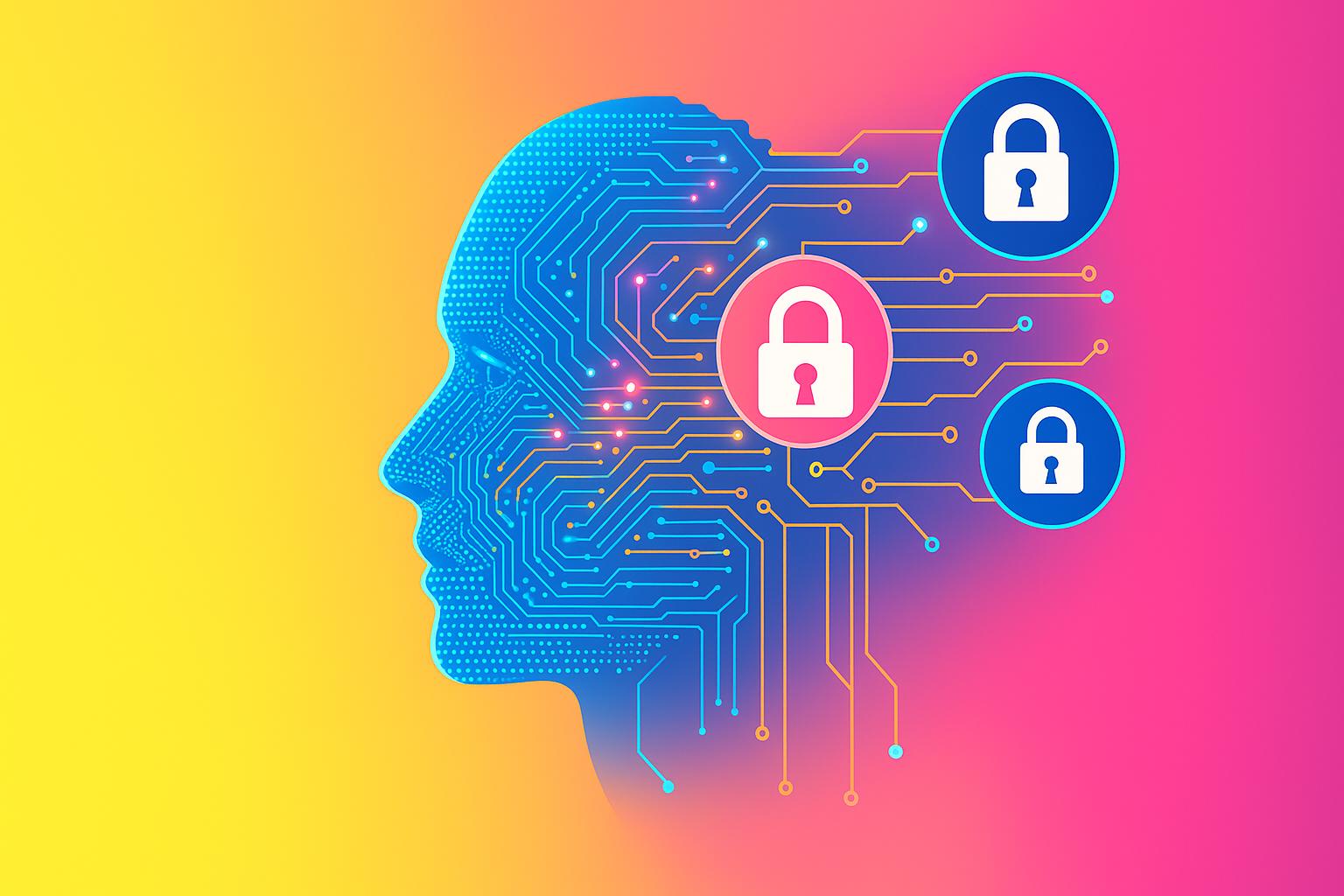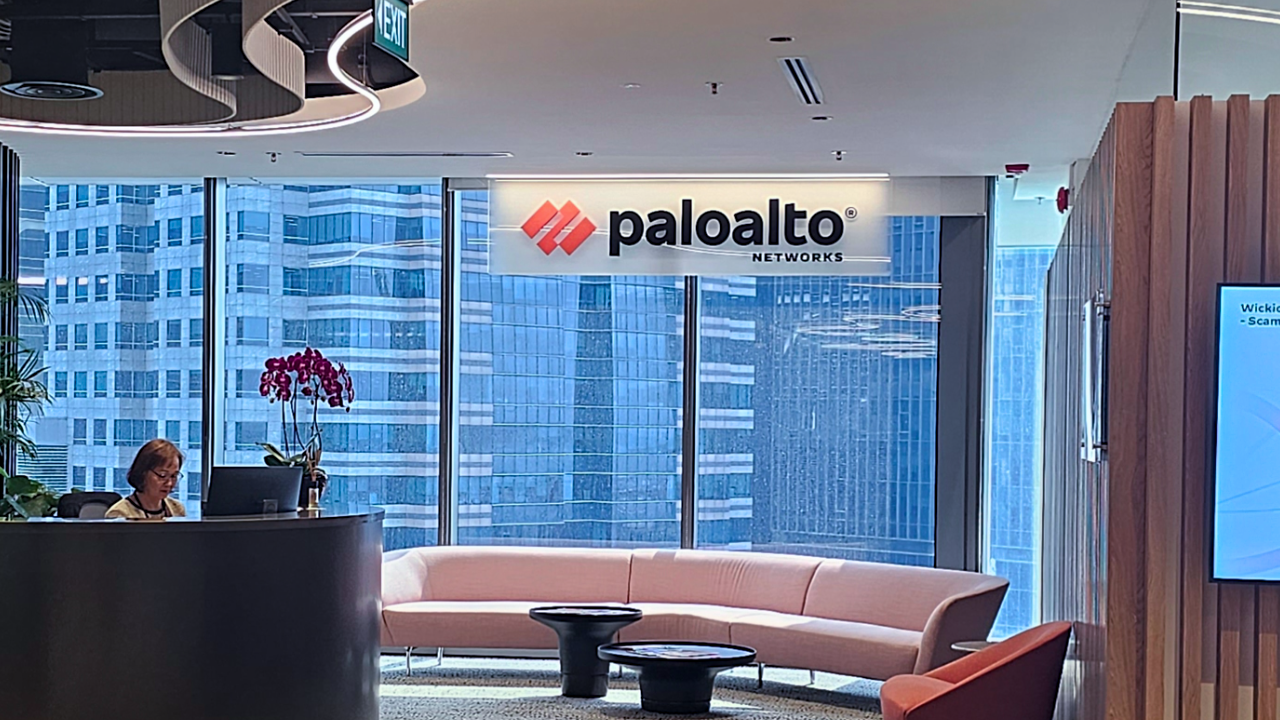According to the latest Microsoft Digital Defense Report, Poland ranked among the top ten most frequently attacked countries in Europe – 10th on the continent and 27th globally in terms of the number of users affected by cyber attacks. Even more worrying are the figures for the activities of foreign-sponsored groups. In this category, our country ranks third in Europe, just behind Ukraine and the UK. This is confirmation: Poland has become a permanent fixture on the digital threat map, especially in the context of information warfare and the activity of Russian groups.
The scale at which cybercrime operates today exceeds the capabilities of traditional defences. Microsoft analyses 100 trillion security signals every day – 28 per cent more than the year before. A global team of 34,000 engineers and 15,000 partners are responsible for systems that identify 38 million identity incidents, scan 5 billion emails and block 4.5 million malicious files. These are figures that show that cyber security has become a global industry – and a race driven by artificial intelligence.
State actors: cyber warfare without declaration
The most serious threats today come from government-sponsored groups. Russian entities, according to Microsoft Threat Intelligence, have increased activity against NATO countries by 25 per cent, targeting not only government institutions, but also the media, energy sector, IT and NGOs. In the background of each wave of attacks, the same goal remains: to destabilise or obtain strategic information.
Attackers are aided by the fact that many key institutions – hospitals, universities, local authorities – have limited budgets and use outdated infrastructure. The growing number of ransomware attacks demonstrates the brutal logic of cybercriminals: system paralysis often makes the victim pay.
AI in the hands of both parties
A new element in the equation is generative artificial intelligence. On the one hand, it makes it easier for cybercriminals to create more convincing phishing campaigns, generate fake content or automate attacks. On the other, it gives defenders the tools to respond faster than ever.
“Digital technology is helping to level the playing field between perpetrators of attacks and the organisations and users who defend against them.(…) However, it is important to remember that the same technology that supports us is also in the hands of cybercriminals. This reshapes the threat landscape and does not allow us to rest on our laurels.” – Krzysztof Malesa from the Polish branch of Microsoft reminds us. This is the essence of this year’s report: AI is not a choice, it is a necessity.
Cyber security as a management issue
The report makes it clear: cyber security can no longer be just the domain of IT departments. Boards of directors should understand the risks associated with AI and prepare organisations for the coming era of post-quantum cryptography. Future digital conflicts will not only be resolved in server rooms, but in boardrooms.
Shared responsibility
The most sensitive sectors – health, education, administration – will not defend themselves alone. What is needed is public-private cooperation, information sharing and the creation of a coherent legal framework that will be a real deterrent against state actors.
As a country on the frontline of digital confrontation, Poland must invest not only in technology but in institutional resilience. Because in a world where a cyberattack can paralyse a hospital, digital security is becoming public security.












